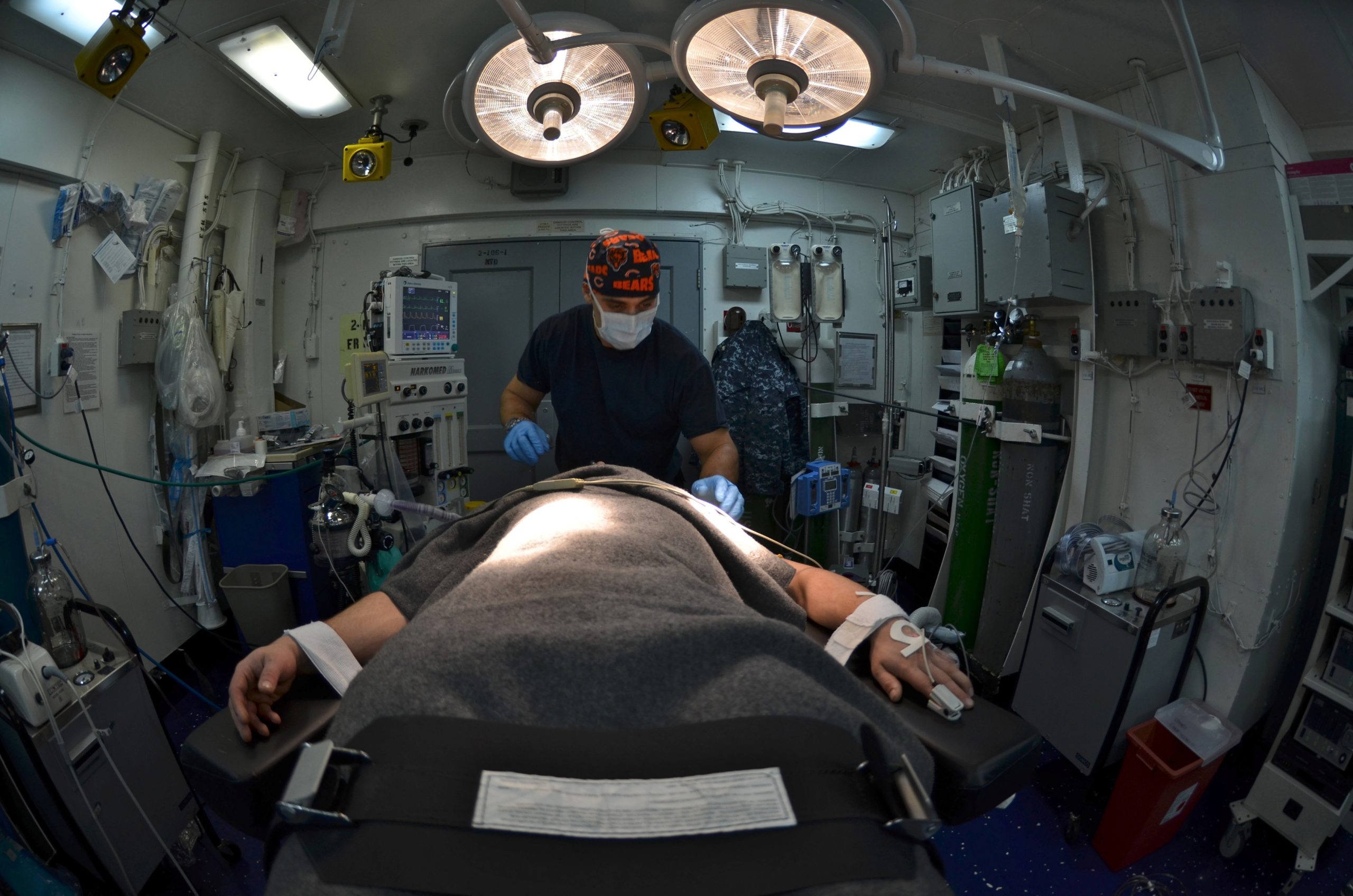 In the aftermath of a vehicle collision, the impact reverberates beyond the immediate parties involved, leaving a trail of injuries and legal complexities. Such was the case for Cody Johnson, a passenger on an RTA bus when it collided with another vehicle. Seeking full compensation for her damages, she pursued a vicarious liability claim against the driver’s employer. However, the court’s assessment of the driver’s scope of employment would determine the outcome of her pursuit of justice.
In the aftermath of a vehicle collision, the impact reverberates beyond the immediate parties involved, leaving a trail of injuries and legal complexities. Such was the case for Cody Johnson, a passenger on an RTA bus when it collided with another vehicle. Seeking full compensation for her damages, she pursued a vicarious liability claim against the driver’s employer. However, the court’s assessment of the driver’s scope of employment would determine the outcome of her pursuit of justice.
At 6:00 am, one hour before he was scheduled to be on call, Mr. Molbert was summoned into work by his boss. Molbert worked for Anesthesia Consultants of the South, LLC, and that morning ACS needed Molbert to help perform an appendectomy. At 6:30 am, 15 minutes sooner than usual, Molbert collided with an RTA bus on the way to the hospital. Ms. Johnson, a passenger on the bus, sued Molbert, ACS, and RTA to recover damages for her injuries.
ACS filed for a directed verdict, arguing that Molbert was not within his scope of employment at the time of the accident. This kind of argument is typically referred to as a vicarious liability argument. The trial court granted the motion, finding that ACS was not liable as an employer because Molbert was commuting to work at the time of the accident. The trial court relied on the seven Mclin v. Industrial Specialty Contractors, Inc. factors to make this determination.
On appeal, the Fourth Circuit Court of Appeals looked to La. C.C. art. 2320 for guidance on the issue of vicarious liability. Employers are liable in Louisiana through vicarious liability “for a tort committed by his employee (servant) if, at the time, the servant is acting within the scope of his employment— acting, as our Civil Code Article 2320 phrases it, ‘in the exercise of the functions in which . . . employed.’” LeBrane v. Lewis. Furthermore, employers can be held accountable for the negligent acts of employees “when the conduct is so closely connected in time, place, and causation to the employment duties of the employee that it constitutes a risk of harm attributable to the employer’s business.” Orgeron v. McDonald. Ultimately, the course and scope of employment determination is extremely fact specific to every case.
The Fourth Circuit Court of Appeals determined that the most relevant rule from Orgeron was the “coming and going” rule. This rule holds an employee commuting to and from work is generally outside the course and scope of employment. Johnson relied upon this exception to make her appeal.
To make her case, Johnson argued that (1) the coming and going rule was inapplicable because Molbert was responding to an emergency and (2) that the special mission exception applies in this case. Johnson primarily relied on Matlock v. Hankel, a case in which a firefighter was responding to an emergency. The Court in Matlock held that the firefighter’s actions fell within his course and scope of employment because he was responding to an emergency. The underlying rationale in Matlock held that firefighters are ‘at work’ when responding to emergencies, not commuting to work.
The Fourth Circuit Court of Appeals did not find Johnson’s analogy to Matlock convincing. This determination primarily stemmed from the lack of urgency in Molbert’s commute. While Molbert perceived heightened urgency, the Fourth Circuit held that this perception was unfounded because he was neither on call nor had any time constraints on his commute to work. Thus, the special mission exception did not apply to the facts of this case, and the Fourth Circuit affirmed the trial court’s directed verdict.
While vicarious liability claims can provide a promising avenue for seeking compensation in the aftermath of accidents, the legal boundaries of the scope of employment can present significant challenges. Ms. Johnson’s pursuit of vicarious liability against the driver’s employer highlights the nuanced nature of such claims. Seeking the guidance of skilled attorneys remains crucial in navigating the complexities of vicarious liability and securing just outcomes for the injured parties involved.
Additional Sources: Johnson v. Molbert
Written by Berniard Law Firm Writer Riley Calouette
Additional Berniard Law Firm Article on Vicarious Liability: Bienville Parish Auto Accident Raises Question of Vicarious Liability
 Insurance Dispute Lawyer Blog
Insurance Dispute Lawyer Blog

